Yellow Springs, Ohio
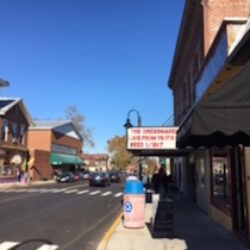
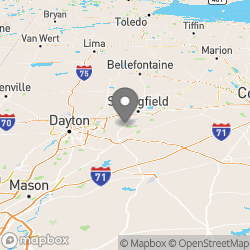
What It Is Like to Retire in Yellow springs
Founded as a utopia in 1825, the small village of Yellow Springs, in southwestern Ohio, gets its names from the waters of a nearby spring that were rich in iron and produced a yellow coloring on the rocks, which was thought to be curative. The history of the town starts with communitarian efforts, that were dissolved due to internal conflicts, to a center for civil rights and anti-war movements during the late 1960's and early 70's. In 1979, Yellow Springs was the smallest municipality to pass an ordinance prohibiting discrimination based on sexual orientation. With a population of just 3,529 (2014 census), its historic district encompasses most of the town due to its place in the area's history, and its historic architecture.
Located midway between Columbus and Cincinnati, and considered a mecca for outdoor enthusiasts, Yellow Springs is home to John Bryan State Park, Glen Helen Nature Preserve, and is part of Little Miami Scenic Trail, a 70 mile bike and walking trail that goes through five southwestern counties. The village is also home to Anticoch College which partners with the community through art and education venues, and has an interesting history of its own. The median age in Yellow Springs is 48 years, and MarketWatch called it an affordable retirement haven, and reported that many retirees volunteer in over 100 non-profit organizations that focus on the environment, historic preservation, and the arts.
Photos of downtown Yellow Springs courtesy of Michael Brady.
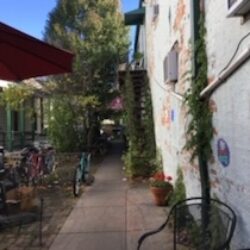
Where to Retire in Yellow springs and Home Prices
Zillow reports the median home value is $338,069 in late 2023. The town is so small, some say homes are sold quickly just by word of mouth.
What Is Special about Yellow springs
Yellow Springs is an outdoor orientated community with a State Park that offers hiking, canoeing, fishing and camping, and a Nature Preserve that presents environmental classes and programs; the town's many festivals and events attracts thousands of visitors as does the Little Miami Bike Trail; Antioch College adds cultural opportunities throughout the year; surrounded by farmland, Yellow Springs enjoys local food production including maple syrup and craft beer, and hosts seasonal Farmers' Markets.
What Is Not Special about Yellow springs
Winters are chilly with some snow; property taxes are higher here than in many other Ohio counties; it may be too liberal for some.
Who Will Like Retirement in Yellow springs
Retirees who want a small, close knit college community that offers many art and cultural events, along with a plethora of volunteer opportunities, would enjoy liviing here. Yellow springs has a vibrant, walkable downtown with shops, restaurants and pubs. The town also has a library, a community center, parks, and residents have use of the Wellness Center at Antioch College.
Local Economy Is Driven by
Education and professional services.
Climate and Physical Environment
The Average January temperature is 30 degrees, July's average is 72 degrees. Yellow Springs averages 30 inches of snow each winter.
Restaurants & Cultural Scene
Yellow Springs boasts more than 50 shops, restaurants, galleries and pubs. The small town is a large arts community and features a Yellow Springs Arts Council, a Childrens summer theater program, Chamber Music, and partners with Antioch College for various events. The town also host a popular Street Fair held during the summer and fall, and the Art & Soul Fair is held in November. Glen Helen, a Nature Preserve, hosts programs, classes and events of the natural world and awareness of the environment. For more cultural opportunities, Columbus and Cincinnati are about an hour away.
Crime
The crime rate here is very low.
Medical facilities
Green Memorial Hospital is in Xenia, about 8 miles south of Yellow Springs.
Transportation
The nearest airport is in Dayton, about 25 miles away; Yellow Springs is both a walkable and bicycle friendly community.
Valuable Links
Experience Yellow Springs Village of Yellow Springs Glen Helen
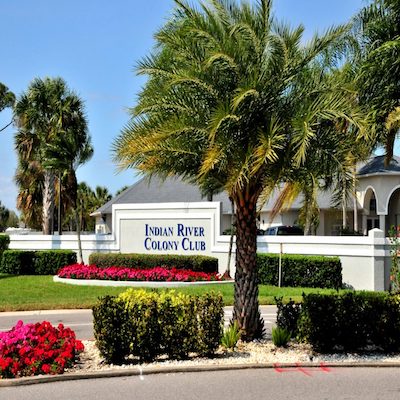
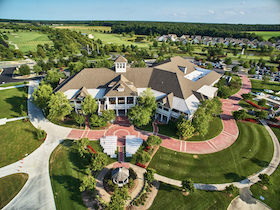
Comments on "Yellow Springs"